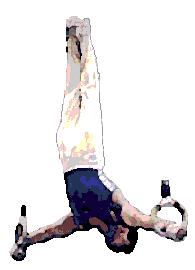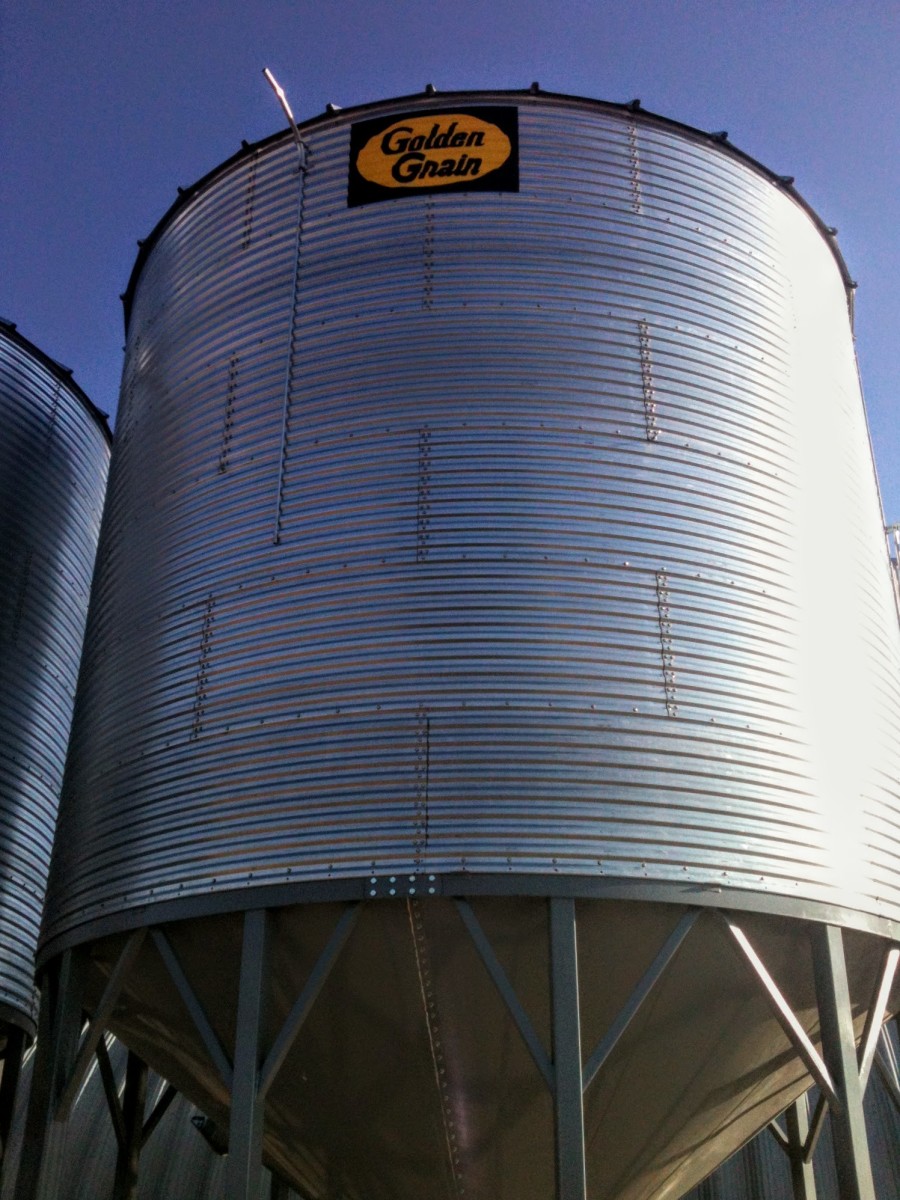Gymnastics Rings and Ring Training-A Modern Classic for the Home Gym
Gymnastics are a breath-taking, awe-inspiring sport to watch. The parallel bars, pommel horse and floor routines display amazing athletic ability and are a testament to human ability. But while the spectacle of bodies flipping and flying through the air with precision demonstrates great power and agility, the rings steal the show when it comes to showing off incredible strength and muscle control.

Short History
Gymnastics rings training has been around since the early 1800’s, but it wasn’t until the Olympics in 1924 that they started to gain widespread recognition. In these early days, the event was very different. Early rings were called the ‘flying’ or ‘swinging’ rings, which involved executing acrobatic moves and dismounts on much longer ropes or straps than those used in the modern event.
Another important difference was the ring and ‘strap’ construction. The gymnastic ring of 100 years ago was likely to be made of iron, and then wrapped in thread and leather. The reasons for this were probably three-fold; iron was one of the strongest accessible materials of the time, and the thread and leather provided both protection from the elements and for the user’s hands.
The material the rings hung from in those days was hemp rope. This was later reinforced with leather on the bottom portion to absorb the great strain put on the rope and the gymnast during powerful moves. By the 1960’s, the ‘flying rings’ was no longer an Olympic event, and the ‘still rings’ dominated. During this decade the first wooden rings, made of layers of glued wood capable of supporting over 250 kg, were constructed.
Modern Popularity
The still rings events became a popular event where powerful gymnasts performed such moves as the “iron cross” and handstand holds, both movements requiring superior strength and body control. Yet, interest in rings training for the home gym had come and go since the 1800’s. Evidence of both climbing ropes and flying rings are displayed in an engraving of a large gymnasium from the mid 1800’s, showing that they were in use by physical culturists of the time. However, a modern revival of interest in this training was catalyzed by the Crossfit movement, which was started in 1995 by Greg Glassman.
Crossfit emphasizes physical ability across multiple disciplines for superior overall fitness preparation. Gymnastics and the gymnastics rings are a key piece of equipment utilized to develop strength, power and coordination. Although Crossfit may not be solely responsible for popularizing modern gymnastics ring training among non-gymnasts, it is difficult to point to another factor which has had such a large influence.
Today, whether an individual follows Crossfit workouts or not, gymnastic rings are readily available and provide a portable and effective workout for anyone, just about anywhere. Ring training can even be found in powerlifting gyms, where doing ring pushups with chains across the back improves shoulder stability and affects smaller supporting muscles. This movement carries over well to the bench press, and is a great substitute if the lifter is rehabilitating an injury.
The public is catching on, and because rings are so light and take up so little space, it is an ideal choice of equipment for a home gym. At $50-100 dollars on average, they also offer a lot of value for the money.

Top Gymnastic Ring Choices
While ring training enthusiasts could argue for days about the advantages of one brand over the other, there are three companies that separate themselves from the pack.
X-Fit: Popular because of the low price (about $60 with shipping,) X-Fit rings are also well-made, according to customer reviews. They offer a no-nonsense product, with long enough straps to hang in common locations and handles made of rugged ABS plastic. For the money, a great starter.
Rogue: This American manufacturer makes everything for strength and conditioning. A prominent supplier of equipment for Crossfit, they have developed a pair of zinc-phosphate coated steel rings with 16 foot straps.While the price is a little higher than the X-Fit rings, the straps come in Desert Tan or Ranger Green, and the quality of manufacturing is on another level.
Elite:This is another quality manufacturer, but one who specializes in rings for ring training.They offer several rings, but the EXF and EXF Pro are the most prominent sellers. The big difference between Elite and Rogue are the handles and the strap height. Elite straps extend to 17.5 feet with marked measurements for easy adjustment, and the handles are made of‘riot gear’ material. They also have a dual texture for individual grip preference and are an attractive translucent black in color.
Ring Exercises
The first images that come to mind when people think of gymnasts training on the rings is generally a man suspended by his arms in the iron cross, or executing a powerful muscle up. While these two moves, along with the handstand or handstand pushup on the rings, are extremely advanced, they are only a fraction of the exercises one can perform on this apparatus.
In addition to handstands, handstand pushups, muscle-ups and the iron cross, here is a short list of simple but effective exercises for mere mortals:
-Pushups with feet on the ground or elevated at different heights.
-Horizontal or 45 degree body rows
-Pullups
-Hanging leg or knee raises
-Dips
-L-sits
-Rollouts
-Flyes
-Assisted pistol squats
and more, more, more.The good news is that regular practice of the basics listed above is good preparation for the more advanced skills.
With so many possibilities contained in a piece of equipment that weighs about three pounds and takes up almost no space, the rings are a must have for the home gym or frequent traveler. They have one more distinct advantage, as well. Ring training is seriously fun!

- Reviews about high quality fitness products and equipment.
Flex and Flow features the best fitness equipment for muscle building, fat-burning, and overall functional fitness. - MosLadder
- Flex and Flow: Gymnastic Ring Training
- Gymnastic Ring Workout Routines at Home
- Buy a TRX fitness system online
- Pullup Bars for the Home Gym
Which pullup bars should you be using? Which ones are best for the home gym? Find the perfect one for you right here.








